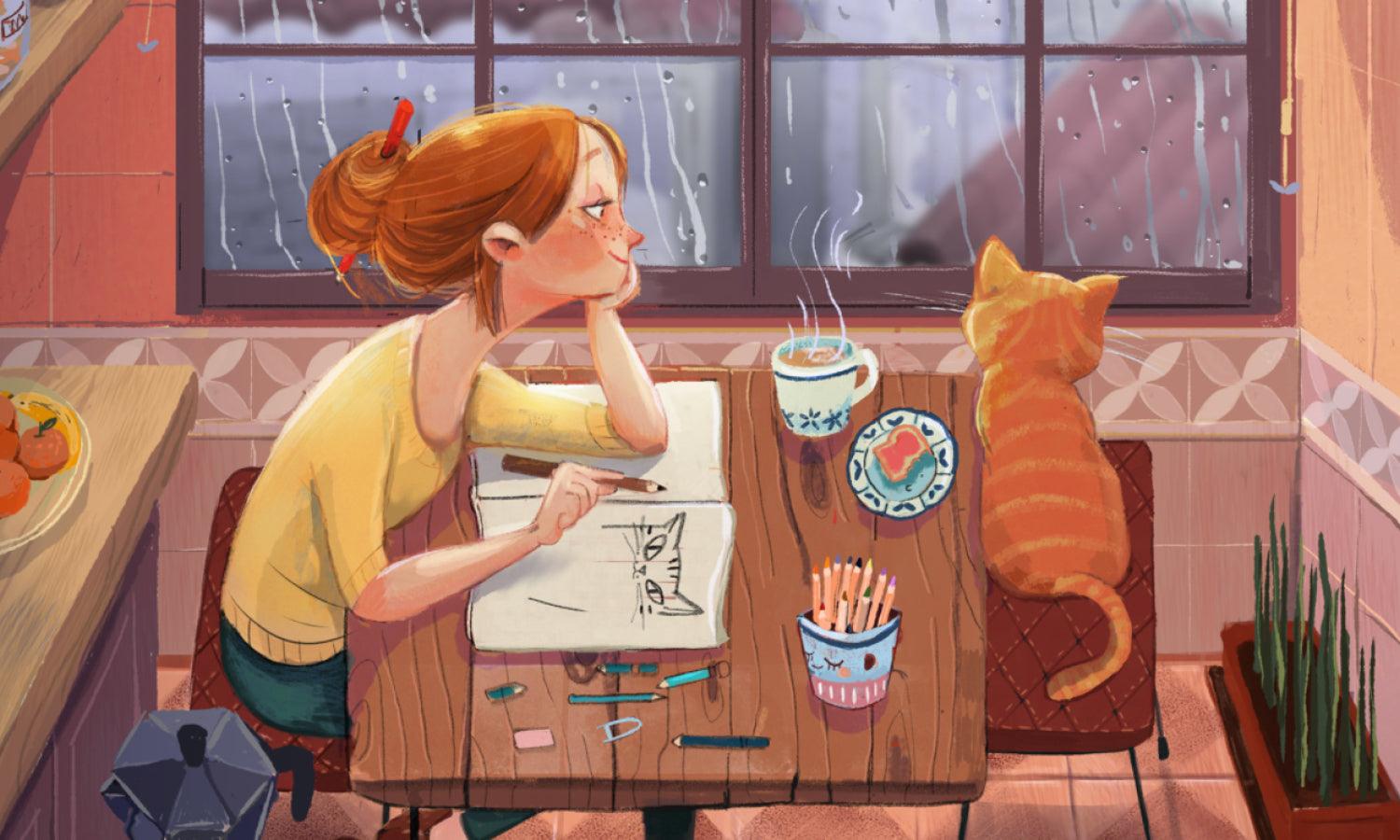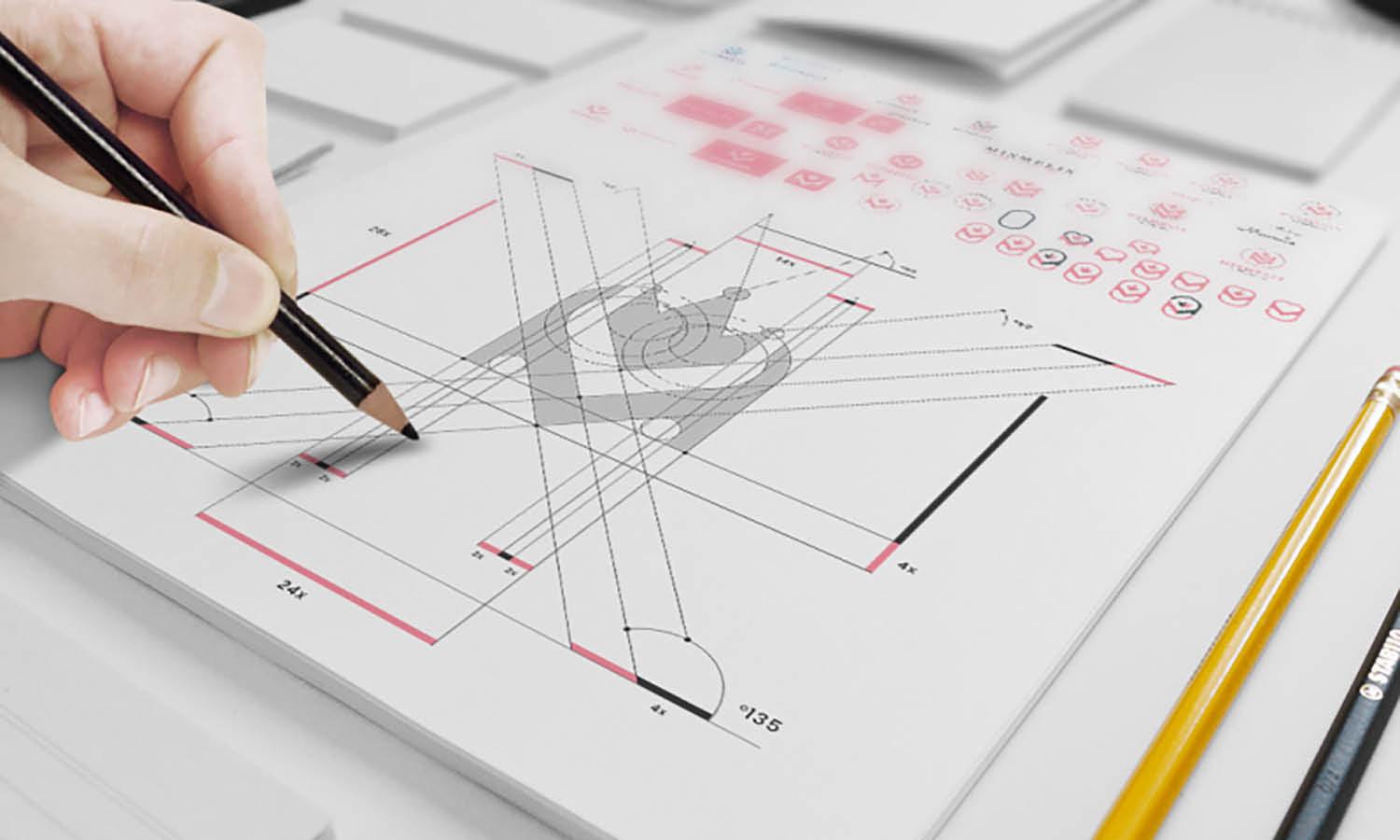Nezu Museum, Tokyo | Art Museum Guide

Source: Kakidai, Nezu Museum, Wikipedia, https://en.wikipedia.org/wiki/File:2018_Nezu_Museum_1.jpg
The art museum, Nezu Museum, Tokyo, stands as one of Japan’s most elegant cultural landmarks, seamlessly blending art, architecture, and nature. Founded in 1941 to house the extensive collection of Nezu Kaichirō, a prominent businessman and art patron, the museum offers a refined exploration of Japanese and East Asian artistic traditions. Visitors are welcomed into a serene space where centuries of craftsmanship are preserved and celebrated.
Designed by renowned architect Kengo Kuma, the building harmonizes contemporary minimalism with traditional Japanese elements, creating a tranquil atmosphere that enhances the appreciation of its treasures. Beyond the galleries, the museum is home to a sprawling Japanese garden, complete with ponds, stone pathways, and traditional tea houses. Seasonal beauty transforms the grounds throughout the year, making it a destination for both art enthusiasts and nature lovers.
Rich Historical Background
The art museum, Nezu Museum, Tokyo, has its origins in the remarkable vision of Nezu Kaichirō (1860–1940), a distinguished businessman, politician, and passionate art collector. Known for his refined taste and deep appreciation of Japanese culture, Nezu amassed an extensive collection of Japanese and East Asian art over his lifetime. His aim was not only to preserve these cultural treasures but also to share them with the public, fostering a greater understanding of traditional arts.
Following his passing, the Nezu family took steps to realize his dream, officially opening the museum in 1941. From its inception, the institution became a significant cultural landmark, attracting both local and international visitors. Despite the challenges posed by World War II, the museum safeguarded its collection, ensuring its survival for future generations.
Over the decades, the Nezu Museum has undergone several renovations and expansions, most notably the redesign by celebrated architect Kengo Kuma in 2009. This transformation preserved the museum’s historical significance while introducing a contemporary architectural style that complements its traditional roots.
Today, the Nezu Museum stands as a testament to the legacy of its founder. It continues to preserve and present over 7,400 works of art, including National Treasures and Important Cultural Properties, embodying Japan’s enduring cultural heritage. The combination of its rich history and ongoing commitment to art makes the museum a key institution in Tokyo’s vibrant cultural landscape.
Architectural Design
The art museum, Nezu Museum, Tokyo, is celebrated not only for its exceptional art collection but also for its stunning architectural design. The current building, completed in 2009, was envisioned by renowned Japanese architect Kengo Kuma, who is known for blending contemporary aesthetics with traditional Japanese sensibilities. His approach resulted in a structure that harmonizes perfectly with its surroundings, offering visitors a seamless transition between art, architecture, and nature.
The exterior features a sloping roof inspired by traditional Japanese architecture, paired with modern materials like glass and steel. This fusion of old and new creates a sophisticated yet welcoming presence. The building’s façade, with its vertical bamboo screen, filters sunlight gently into the interiors, evoking the soft, diffused light often found in traditional Japanese tea houses.
Inside, spacious galleries are designed with minimalist elegance, allowing the artworks to take center stage. Natural light plays a significant role, with carefully positioned windows offering framed views of the lush museum garden. Warm wooden floors and neutral-toned walls create a calm atmosphere that enhances the contemplative experience of viewing art.
Kengo Kuma’s design philosophy extends beyond the galleries to the museum’s integration with its garden. Pathways, seating areas, and large glass walls encourage visitors to engage with the outdoor scenery, making the architecture a vital part of the overall experience. This thoughtful design ensures that the Nezu Museum is not just a place to view art but a work of art in itself.
Impressive Art Collection
The art museum, Nezu Museum, Tokyo, houses one of Japan’s most distinguished private collections, featuring more than 7,400 works of art. This remarkable assemblage spans a wide range of mediums, including calligraphy, paintings, lacquerware, ceramics, textiles, and sculptures from Japan, China, and Korea. The collection reflects the refined taste and discerning eye of the museum’s founder, Nezu Kaichirō, who dedicated his life to acquiring pieces of exceptional historical and artistic value.
Japanese scroll paintings and screens, some dating back to the Heian and Kamakura periods, are among the collection’s highlights. The museum also preserves exquisite examples of Chinese bronzes, Tang dynasty ceramics, and Goryeo celadon, offering a broad perspective on East Asian art traditions. Many items depict seasonal motifs, religious iconography, or scenes from classical literature, making them rich sources of cultural insight.
Rotating exhibitions ensure that different parts of the collection are showcased throughout the year, allowing visitors to experience the diversity of the museum’s holdings. These curated displays are often themed, presenting connections between artworks from various regions and time periods.
The breadth and depth of the Nezu Museum’s collection make it a vital institution for art lovers, scholars, and anyone interested in the artistic heritage of East Asia. Its carefully preserved treasures offer a window into centuries of craftsmanship and cultural exchange.
National Treasures And Important Cultural Properties
The art museum, Nezu Museum, Tokyo, is home to several works designated as National Treasures and Important Cultural Properties, underscoring its cultural significance within Japan. These designations are reserved for artifacts of exceptional historical, artistic, and academic value, ensuring their preservation for future generations.
Among the museum’s most celebrated holdings is the “Irises” folding screen by Ogata Kōrin, a masterpiece of the Edo period that captures the elegance and refinement of Japanese Rinpa school painting. This iconic work is displayed periodically, allowing visitors a rare opportunity to appreciate its vibrant colors and exquisite composition in person.
In addition to paintings, the museum’s designated treasures include ancient calligraphy scrolls, Buddhist statuary, ceremonial tea utensils, and early ceramics. Each of these works represents a pinnacle of craftsmanship and holds deep cultural resonance, reflecting the spiritual, aesthetic, and historical values of the societies that produced them.
These treasures are presented with the utmost care, often in specialized display environments that protect them from light, humidity, and other environmental factors. Interpretive materials provide context, enabling visitors to understand the works’ significance within the broader history of Japanese and East Asian art.
The presence of such nationally recognized artifacts elevates the Nezu Museum’s role as a custodian of cultural heritage. By preserving and showcasing these works, the museum connects modern audiences with the artistic achievements of the past in a profound and enduring way.
Seasonal Special Exhibitions
The art museum, Nezu Museum, Tokyo, is well known for its thoughtfully curated seasonal special exhibitions, which provide visitors with fresh and dynamic perspectives on its collection. These exhibitions often draw on the museum’s extensive holdings, but they also incorporate select works on loan from other institutions and private collections, both in Japan and abroad.
Each season offers a unique thematic focus, often inspired by nature, traditional Japanese festivals, or historical events. For example, spring exhibitions may highlight floral motifs in painting and decorative arts, while autumn showcases works featuring seasonal landscapes or literary themes. These rotating displays not only celebrate the changing seasons but also encourage repeat visits, as the museum’s presentation evolves throughout the year.
The design of these exhibitions is meticulous, with careful attention given to lighting, placement, and interpretive materials. This ensures that the artworks are not only preserved but also presented in ways that enhance their meaning and visual impact. Some exhibitions also include interactive or educational elements, deepening visitors’ understanding of the cultural and historical contexts behind the pieces.
By aligning its exhibitions with seasonal shifts, the Nezu Museum creates a harmonious connection between its indoor galleries and the natural beauty of its outdoor gardens, offering visitors a multi-sensory cultural experience.
Japanese Garden Experience
The art museum, Nezu Museum, Tokyo, is as famous for its enchanting Japanese garden as it is for its exceptional art collection. Spanning over 17,000 square meters, the garden is a serene oasis in the heart of Tokyo, designed to reflect traditional landscape principles while offering visitors a peaceful retreat from the city’s bustle.
The garden features winding stone pathways, koi-filled ponds, and carefully placed lanterns that guide visitors through a variety of scenic views. Seasonal changes bring dramatic transformations—cherry blossoms in spring, vibrant foliage in autumn, lush greenery in summer, and delicate snow-covered branches in winter. Each visit offers a new visual experience, making the garden a living work of art.
Four traditional tea houses are nestled within the grounds, each reflecting distinct architectural styles and providing a tangible link to Japan’s tea ceremony culture. These spaces, along with the garden’s thoughtful layout, encourage quiet contemplation and a deeper appreciation of nature’s beauty.
Large windows from within the museum frame views of the garden, creating a seamless connection between the indoor galleries and the outdoor landscape. This integration of art and nature is central to the Nezu Museum’s philosophy, offering visitors an immersive cultural journey that engages both the eyes and the spirit.
Tea Houses And Cultural Heritage
The art museum, Nezu Museum, Tokyo, preserves a rich connection to Japan’s tea ceremony tradition through the presence of four historic tea houses within its expansive garden. Each tea house embodies distinct architectural styles and cultural influences, providing visitors with an authentic glimpse into one of Japan’s most celebrated arts.
The tea houses, such as Kōgetsuan and Ikarō, were either relocated or reconstructed on the museum grounds, ensuring their preservation and continued use for cultural programs. They serve as important examples of sukiya-style architecture, characterized by natural materials, understated elegance, and meticulous craftsmanship.
These spaces are not merely decorative—they function as venues for traditional tea gatherings, fostering a deeper understanding of the spiritual and aesthetic principles underlying the tea ceremony. Elements such as tatami mat floors, sliding shoji screens, and carefully selected garden views create an atmosphere of tranquility and contemplation.
By maintaining these tea houses, the Nezu Museum plays a vital role in preserving cultural heritage while allowing modern audiences to engage with traditions that date back centuries. The combination of historical architecture and serene garden surroundings offers a rare opportunity to experience Japanese culture in its most refined form.
Modern And Traditional Fusion
The art museum, Nezu Museum, Tokyo, is a masterful blend of modern design and traditional Japanese aesthetics, creating a space where past and present coexist harmoniously. Architect Kengo Kuma’s vision for the 2009 renovation emphasized this balance, integrating contemporary materials with forms inspired by historical architecture.
The building’s clean lines, expansive glass walls, and minimalist interiors reflect modern design principles, while the sloping roof and bamboo-latticed façade evoke elements of traditional Japanese construction. This thoughtful fusion extends to the museum’s interior, where the use of natural wood, soft lighting, and open spaces creates a warm and inviting environment.
Traditional presentation methods, such as low display cases and delicate lighting to protect artworks, are seamlessly paired with advanced climate control and security systems. This ensures that the museum can safeguard its collection while offering visitors a comfortable, visually pleasing experience.
The integration of the museum with its surrounding garden is another example of this fusion. Large windows frame seasonal views, echoing the traditional Japanese concept of shakkei, or “borrowed scenery,” while maintaining a contemporary architectural flow.
Through this synthesis of modern and traditional elements, the Nezu Museum offers an environment that respects history while embracing innovation, making it a unique cultural landmark in Tokyo.
Café With Scenic Views
The art museum, Nezu Museum, Tokyo, offers visitors a refined dining experience at its on-site café, known for its panoramic views of the museum’s lush Japanese garden. Located in a serene corner of the property, the café is designed with floor-to-ceiling windows, allowing natural light to flood the space while framing ever-changing seasonal landscapes. From cherry blossoms in spring to vibrant foliage in autumn, each visit offers a unique visual feast.
The interior of the café reflects the same architectural elegance found throughout the museum, with minimalist furnishings and warm wooden accents that create a relaxing atmosphere. Guests can enjoy a menu of light refreshments, traditional Japanese sweets, and an array of teas and coffees. Seasonal specialties are often featured, complementing the museum’s exhibition themes and garden scenery.
The tranquil environment makes the café an ideal place to pause between exploring exhibitions or after a walk through the garden. It encourages moments of quiet reflection, allowing visitors to extend their cultural experience beyond the gallery walls.
With its blend of fine tastes and breathtaking views, the café enhances the Nezu Museum experience, offering a harmonious balance of art, nature, and culinary pleasure in the heart of Tokyo.
Convenient Location In Tokyo
The art museum, Nezu Museum, Tokyo, is ideally situated in the Minato district, a vibrant area that blends cultural landmarks, upscale shopping, and dining options. Its central location makes it easily accessible for both local residents and international visitors seeking to immerse themselves in Japan’s artistic heritage.
The museum is just a short walk from Omotesandō Station, served by several Tokyo Metro lines, including the Ginza, Chiyoda, and Hanzōmon lines. This excellent public transportation access allows visitors to incorporate the museum into a day of sightseeing in nearby neighborhoods such as Harajuku, Aoyama, and Shibuya.
Surrounded by stylish boutiques, art galleries, and cafés, the museum’s location offers plenty of opportunities to explore the area before or after a visit. The setting also provides a peaceful contrast, with the museum and its gardens offering a calm retreat from the city’s bustling streets.
For those arriving by car, limited parking is available, though public transport is highly recommended due to the area’s popularity. Clear signage and accessible pathways make navigating to the museum straightforward, ensuring a smooth arrival experience.
Its convenient location positions the Nezu Museum as a cultural gem within Tokyo’s dynamic urban landscape, perfectly suited for both planned visits and spontaneous explorations.
Conclusion
The art museum, Nezu Museum, Tokyo, offers a rare blend of exquisite art, architectural beauty, and natural serenity. From its impressive collection of Japanese and East Asian masterpieces to its iconic gardens and tea houses, the museum provides a multi-layered cultural experience. Seasonal exhibitions and thoughtful design connect visitors to both tradition and modernity, while its central Tokyo location ensures accessibility. Whether appreciating a National Treasure, strolling through the gardens, or enjoying tea with scenic views, the Nezu Museum invites visitors to immerse themselves in Japan’s artistic heritage in a setting that is both timeless and inspiring.
Let Us Know What You Think!
Every information you read here are written and curated by Kreafolk's team, carefully pieced together with our creative community in mind. Did you enjoy our contents? Leave a comment below and share your thoughts. Cheers to more creative articles and inspirations!
















Leave a Comment